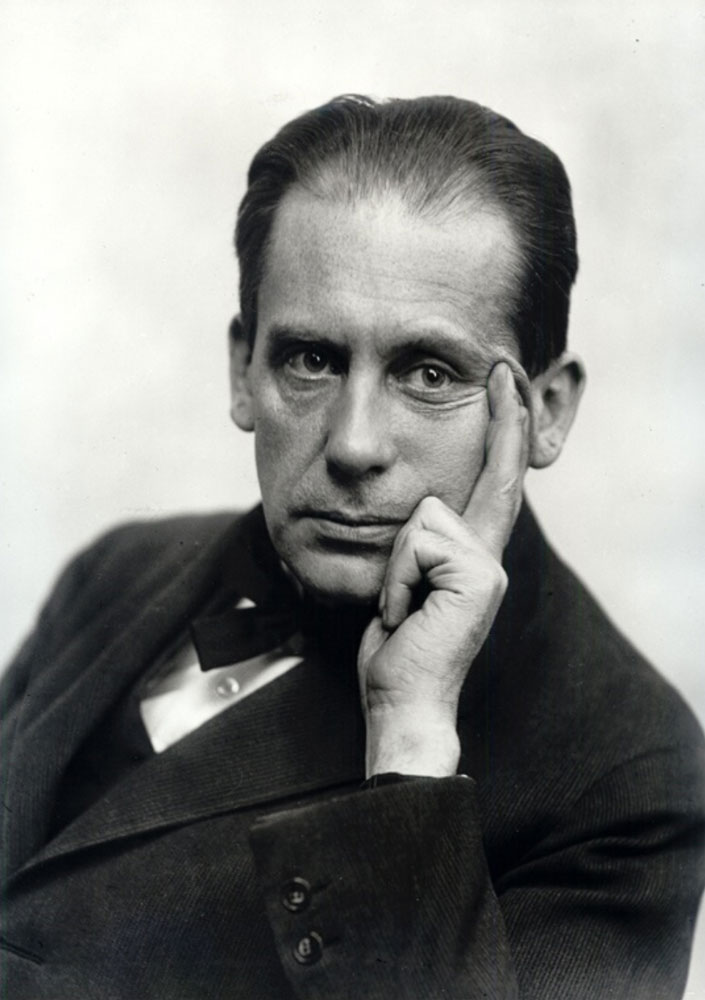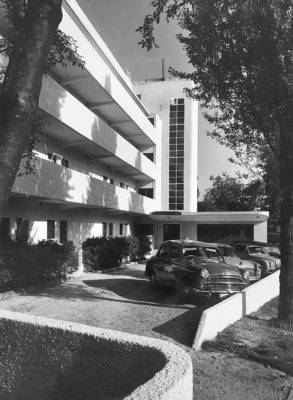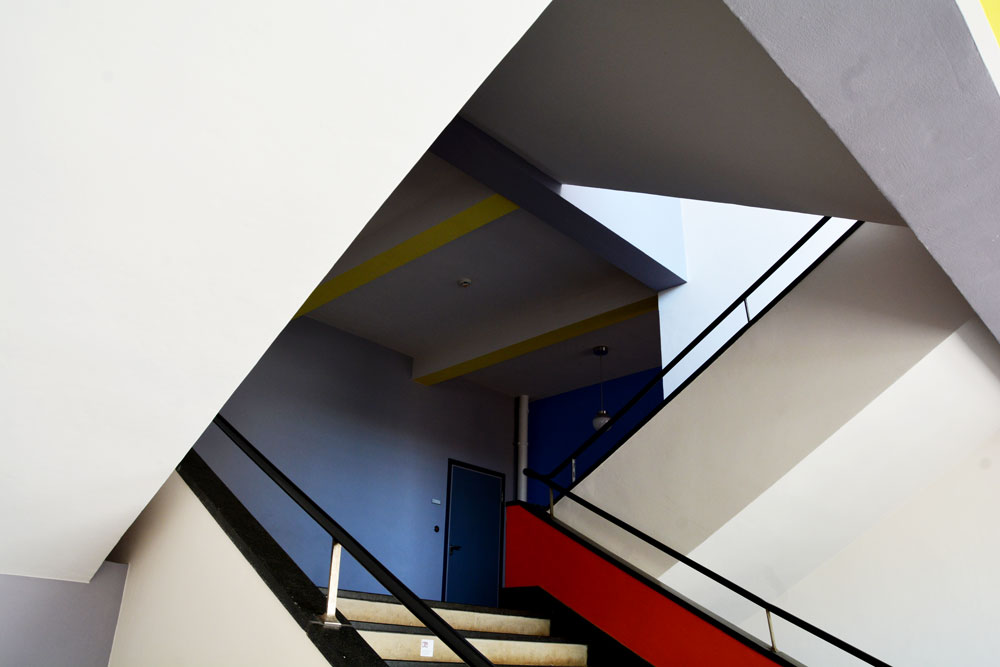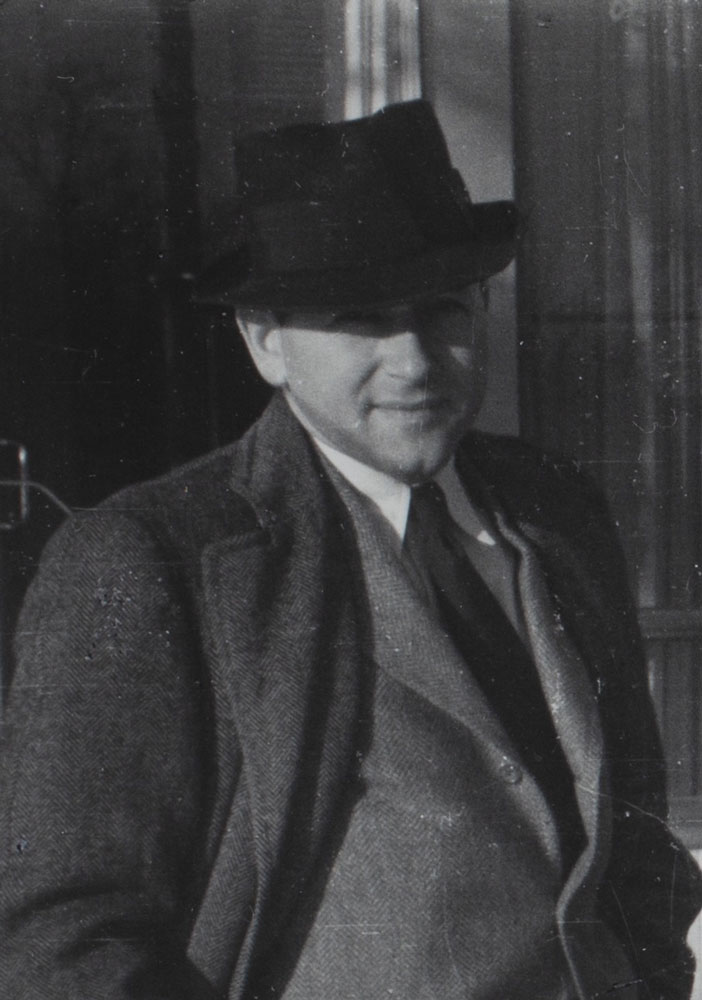
Marcel Breuer
Marcel Breuer had the dream career for an architect and furniture designer, it would geographically jump from Hungary to Vienna, from the Bauhaus in Dessau to the Isokon building in London, from Harvard Design School to New Canaan in Connecticut and finally to New York City. He was a Bauhaus student and teacher, a groundbreaking furniture designer whose chairs grace homes today still looking fresh and new and relevant.
Born in 1902 to Jakob Breuer and Franciska Kann in the university town of Pécs in Hungary, Marcel Breuer began his artistic career having been awarded a scholarship in 1920 to attend the Academy of Fine Arts, the Akademie der bildenden Kunst, in Vienna. Lajkó (as he was known to close friends and family) stayed there briefly, but he was far too hands-on and started an apprenticeship with a Vienesse architect. Still not quite to his liking, he decided to leave, one can only assume that the architect must have recognised something special in Breuer and found him work with his brother learning cabinetmaking. In 1921 Breuer left Vienna behind to accept a place at the Bauhaus in Weimar, Germany studying initially under Johannes Itten who taught the preliminary course to all students until his departure in 1923.
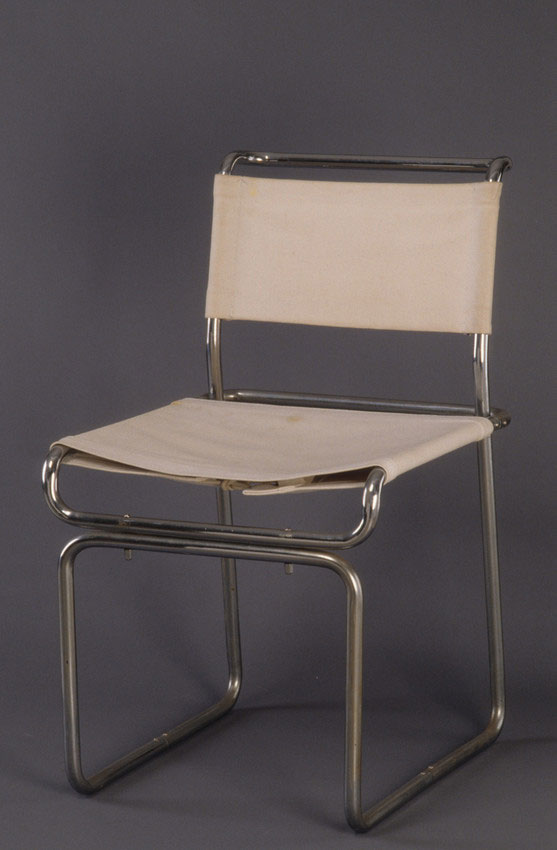
Original chair by Marcel Breuer 1925-6 with a tubular U-shaped seat, back and base. Image Historic New England Bequest of Ise Gropius Marcel Breuer
Marcel Breuer attended carpentry classes with the school’s director, Walter Gropius, who spotted that Breuer was as an exceptional student and gave him an apprenticeship in his firm, which led to Breuer creating the furniture for Gropius’ Sommerfeld House project in Berlin. This was the beginning of a long collaboration. When Breuer completed his studies he took time off to travel to France where he found work in the office of Pierre Chareau (according to his papers at Syracuse) and to work for himself but this was an economically challenging time for anyone, regardless of their brilliance. He was invited to return to the Bauhaus, this time as a member of the faculty with the title, Bauhaus Junior Master in the Carpentry Department, a role he ultimately remained in for three years. In 1925 Breuer created the Standard Möbel GmbH company with Kálmán Lengyel in Berlin. He is credited as the first designer to create a chair capable of production for a domestic market using tubular steel. Working in industry pivoted him into a world where he could see his designs produced on a far bigger scale than he could have achieved operating exclusively in the school’s classroom.
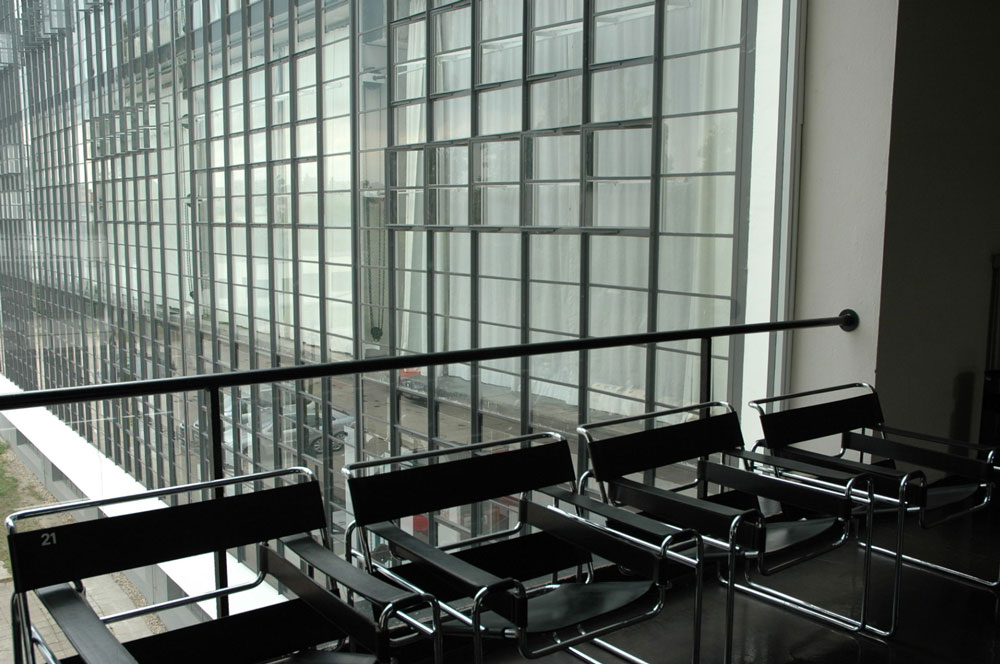
Club Chair Model B3 Bauhaus, Dessau (Image CC BY SA 3.0)
That year he married fellow Bauhaus student, Martha Erps. At this point, he was juggling teaching at the Bauhaus and accepting commissions some of which were coming to him in connection with his work with and for Walter Gropius. One example was the widely publicised Weissenhof Siedlung the (WuWa). Walter Gropius together with a starry line-up were designing a groundbreaking new estate in Stuttgart and the prototype for housing estates around the country, a new way of looking at large scale housing. Breuer was brought in by Gropius to design the furniture.
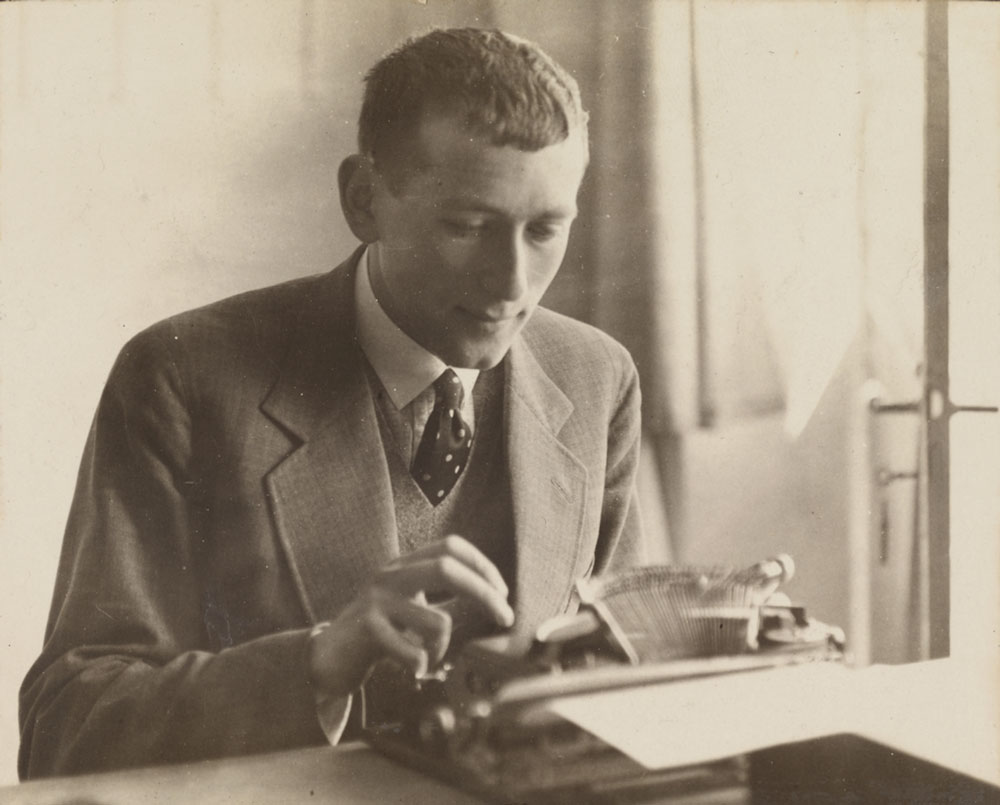
Marcel Breuer At His Typewriter 1928 J Paul Getty Museum
A year earlier he had accepted a commission from the well-known theatre producer Erwin Piscator to design an apartment for him in Berlin, In 1931 he designed Harnischmacher Villa I and II in Wiesbaden. Key was that he realised that he could make a living designing furniture and homes. All was well until the politics in Germany got in the way and it was no longer safe for him to remain in Germany because of his Jewish heritage.
He returned to Hungary in 1934 however he could not obtain his certificate to practice from the Hungarian Chamber of Architects (due entirely to the fevered political climate). He did go into partnership with Farkas Molnar and Joszef Fischer for a year until 1035 when he followed Walter Gropius and Laszlo Moholy-Nagy to London to work for Jack Prichard who employed the three in the Isokon Company in Hampstead. It was during this period he designed his famous plywood ‘long chair’.
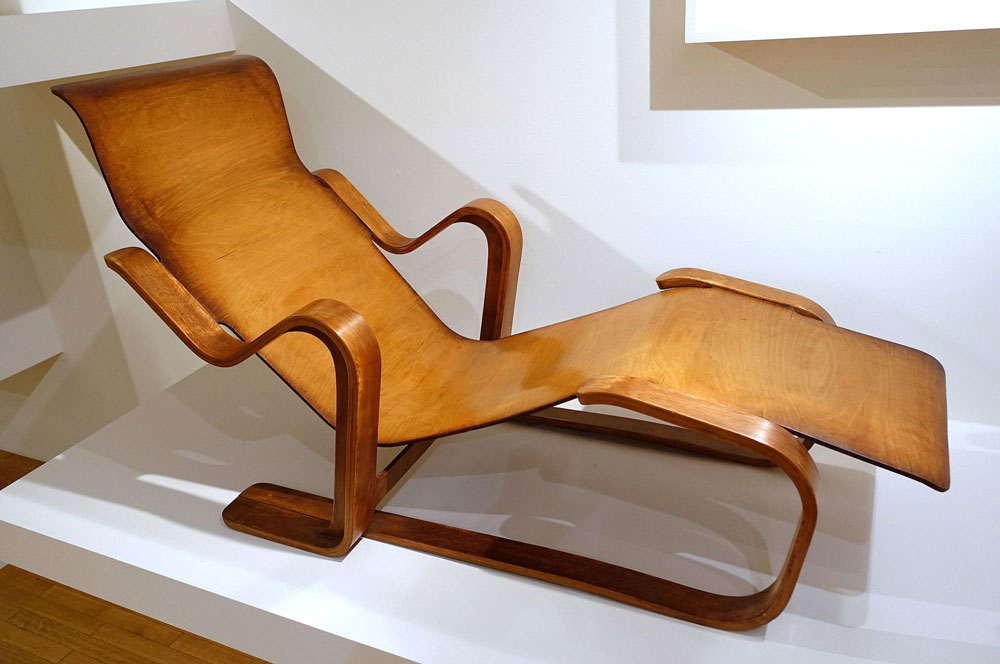
Long Chair by Marcel Breuer Isokon Furniture Company 1935 (Image Daderot CC0)
Breuer also formed a partnership with F.R.S Yorke (founder member of the MARS Group), they built several buildings together including Gane House in Bristol in 1936 Ainger House and Benson House at Eton College, Shangri-La in Lee-on-the Solent in 1937 and Sea Lane House in Angmering on Sea, West Sussex 1937
Walter Gropius left and took up a post at as professor and within a year became Director of the Department of Architecture at Harvard and Marcel Breuer followed him, teaching in the Graduate School of Design from 1937 to 1946. His students included Philip Johnson and I.M Pei. Teaching and working on projects continued in the US and collaborating with Gropius proved just as successful. Together they designed the Pennsylvania Pavillion for the 1939 New York World’s Fair. To think that these two men who had been in the country less than 24 months were now creating representations of the best of American life for a show in which more than 60 countries were participating is remarkable.
Breuer’s and Gropius’ lives were closely bound together when they arrived at Harvard. Gropius had been given a plot of land funded by Helen Storrow, Breuer was given a plot beside it and each helped design and build the other’s home, both the Gropius House and Breuer House were completed by 1938. The homes were not only splendid examples of modern houses but were also used to show students how modernist design could be interpreted in the United States. Perhaps there was also a nod to the Masters’ Houses in Dessau that they had both left behind.
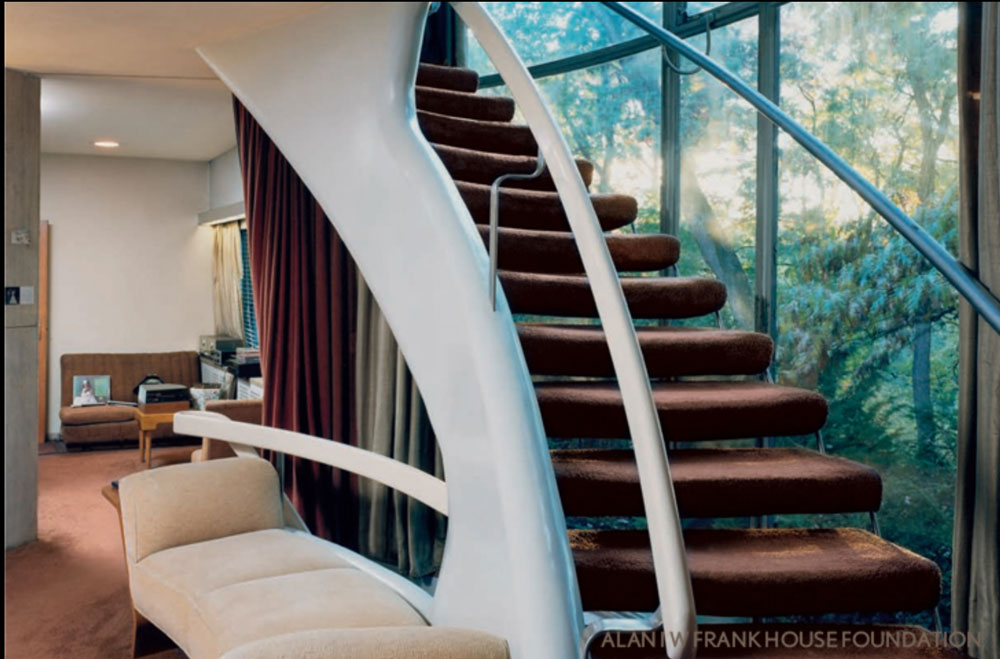
The Frank House Alan I W Frank House Foundation (Image Bradley Robert Fisher CC BY SA 3.0)
The duo were commissioned in 1940 to build a third house, the Frank House as a family home in Pittsburgh, Breuer more or less designed all the furniture and Bauhaus weaver Anni Albers, who was by now at Black Mountain College, was asked to create wall hangings.
It was only a matter of time before Breuer set up his own practice locally in Cambridge Massachusetts where he moved to in 1941, by now married to his second wife Constance Crocker. A year after the war ended he moved the practice to New York, perhaps he had always visualised it as an NYC set up but the war got in the way.
Breuer went from strength to strength and to be honest its hard to pick out a ‘best of’ post-war selection from one of the 20th century’s greatest modernists, here’s just a few highlights in no particular order (with loads more that could easily be added); his 1951 New Canaan 1 and later New Canaan 11 (his family home) in Connecticut, his collaboration with Pier Luigi Nervi and Bernard Zeurfuss in the building of the UNESCO Headquarters in Paris, the Met Breuer and the often forgotten 1953 de Bijenkorf department store in Rotterdam with its honeycomb pattern which is a nod to the direct translation of the store groups name and in a slightly different vein, his contribution to the House in the Museum Garden exhibition at MoMA.
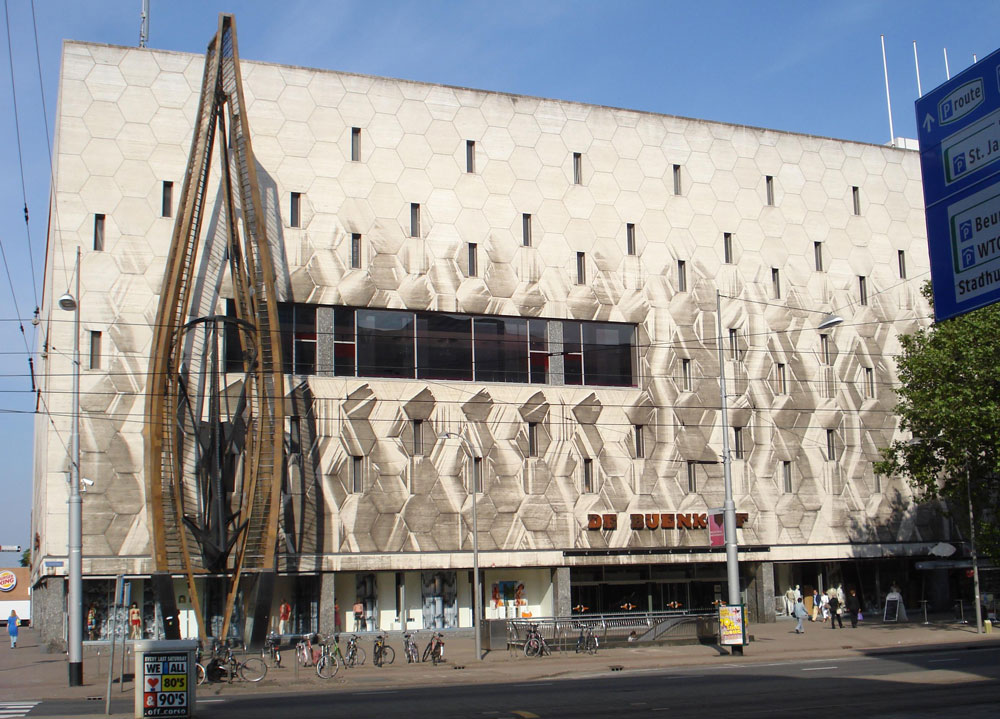
de Bijenkorf Department Store Rotterdam (Image F Eveleens CC BY SA 3.0)
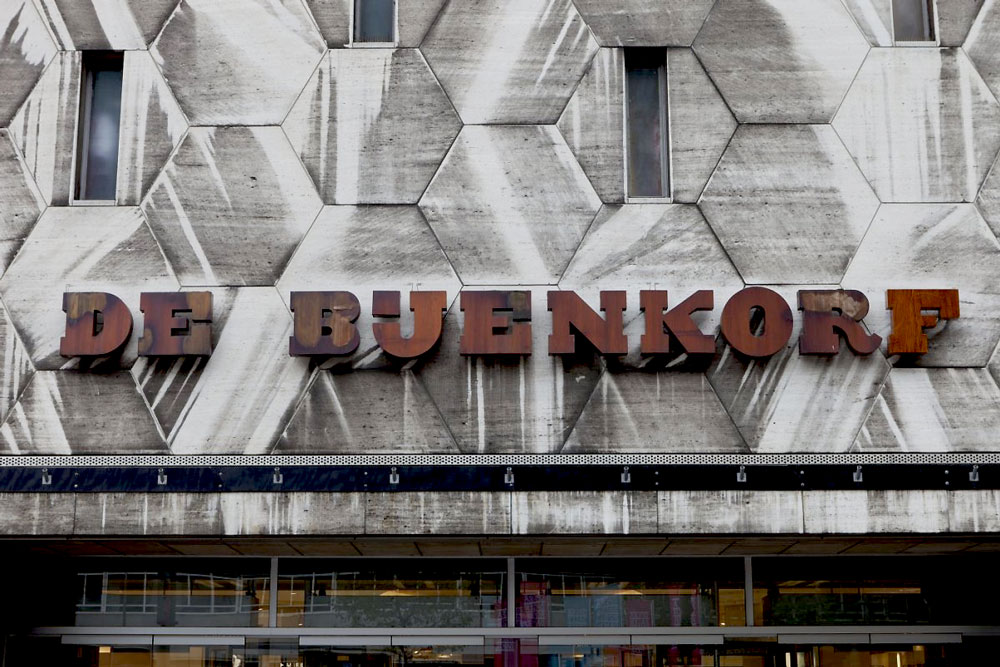
de Bijenkorf Rotterdam (Image Kris Roderberg CC BY SA 4.0)
Breuer went seamlessly from the UNESCO project to what turned out to be a 9-year stint at St John’s Abbey and University in Collegeville Minnesota from 1953 to 1961 for what is widely regarded as simply brilliant. Never one to be daunted by scale, Breuer delivered ten buildings for the Benedictine order, highly impressive for a man who had never undertaken a church project, clearly, the Abbott had well-placed faith in him.
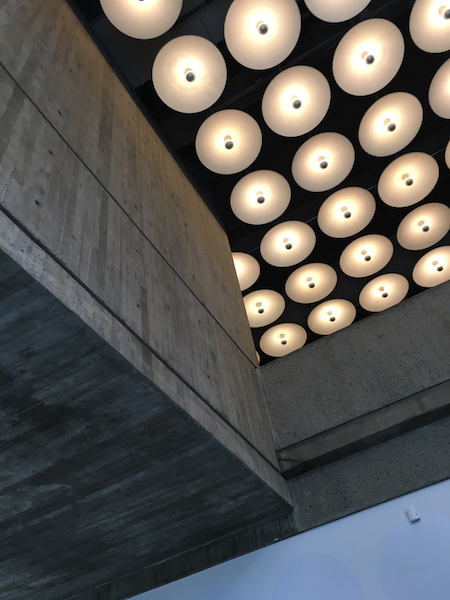
Met Breuer New York City
Breuer now living in the heart of New York City at 635 Madison Avenue with a second office in Rue Chapon, Paris was still making concrete waves, to this day his Whitney Museum (now the Met Breuer) is an opinion divider; Brutalist fans unhesitatingly love it, sitting in the heart of chi-chi Madison Avenue is a case in point. It was considered very clever and very controversial, according to the Whitney Museum one critic described it as ‘an inverted Babylonian ziggurat’. The New York Times Critic called it NYC’s ‘most disliked building’. Today it is completely understood and an integral part of the city’s architectural heritage. This was not the first or last time Breuer’s groundbreaking designs would cause consternation, which did not always win him friends. When he unveiled plans to build a tower block on top of Grand Central Station it received more or less universal condemnation and the plan had to be scrapped. Notwithstanding, he was constantly in demand.
In 1971 he presented a controversial bold design to replace the historically important Carnegie Library in Atlanta, it became a part of a tug of war between different factions, eventually, in 1980 it was built and declared a stunning visual success. Long after Breuer passed away the debate about whether to renovate it or remove it kicked off and finally and quite recently it was decided it must be protected but brought up to date to accommodate a different technological age.
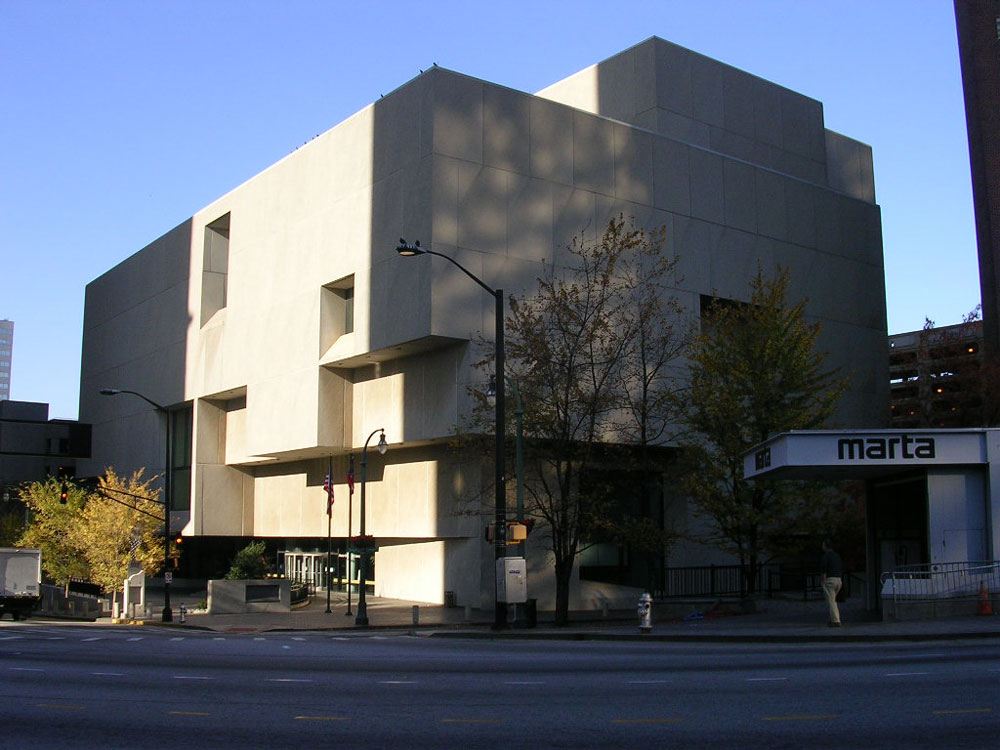
Atlanta Fulton Public Library (Image Eoghanacht)
Today we look back at Breuer’s work and see the indelible mark he made on modern architecture and furniture design. His iconic 1925 Model B3 Chair (later dubbed the Wassily) and the 1928 Cesca Chair are as fresh and relevant as they were when they were first designed.
While it seems somewhat unnecessary, given his success in his lifetime, Harvard awarded Marcel Breuer an honorary Degree in Design in 1970. He died in New York City in 1981 at the age of 79
Awards:
AIA Gold Medal 1978
Grande Medaille d’Or by the French Academie of Architecture.
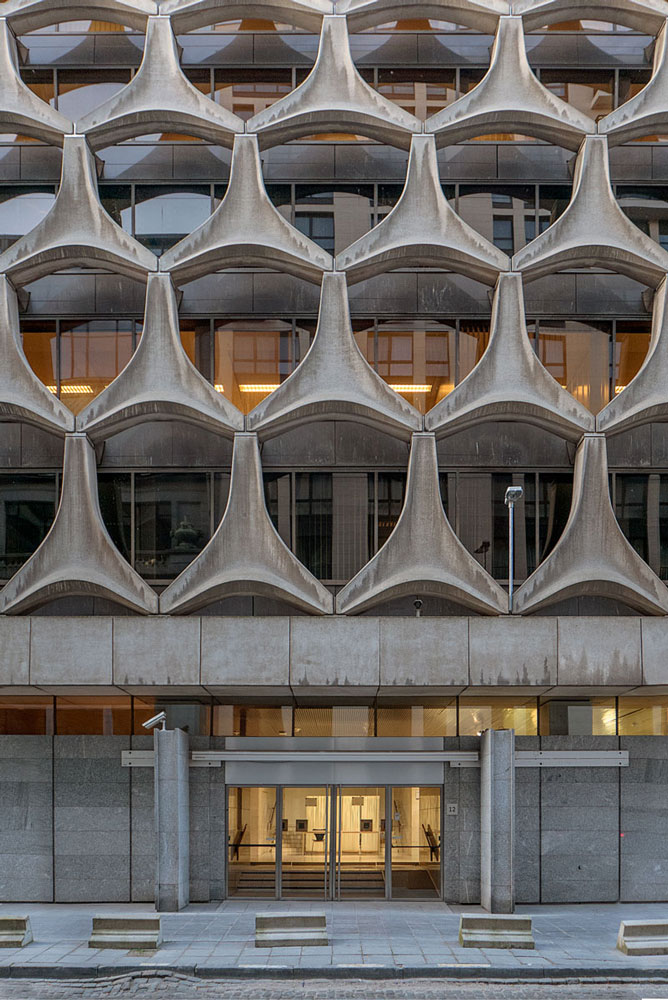
BNP Paribas Marcel Breuer Rue Neuve Paris (Image Marcel Bretzel)

Flaine Ski Resort designed by Breuer in 1960 (Image CC1.0)
Header image of Marcel Breuer with thanks to Historic New England




